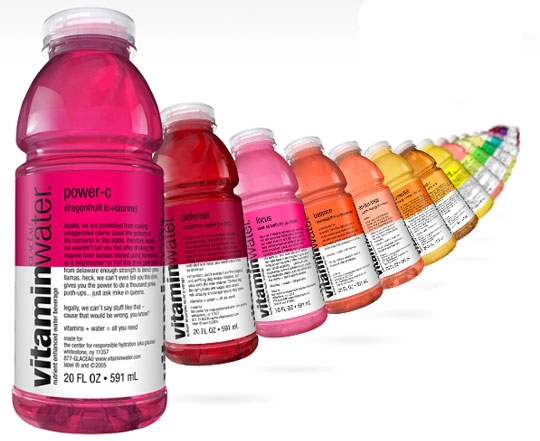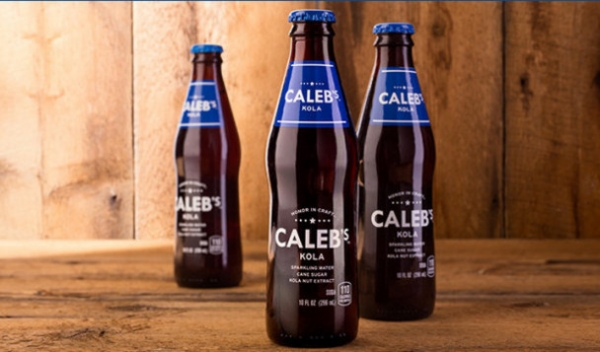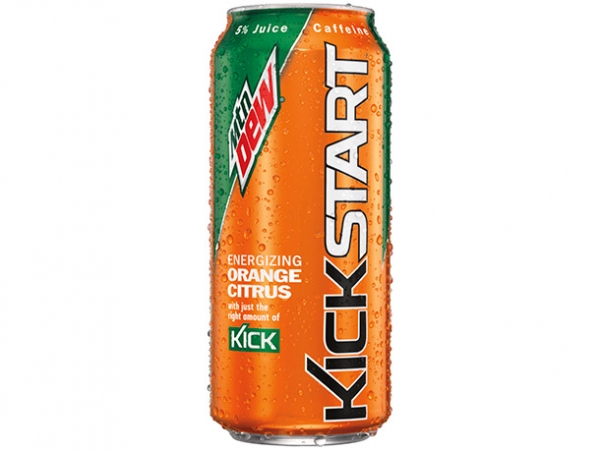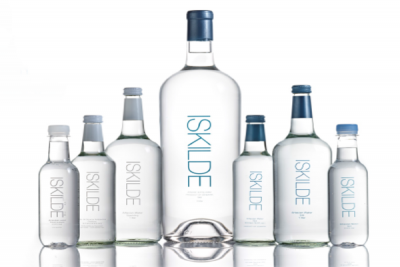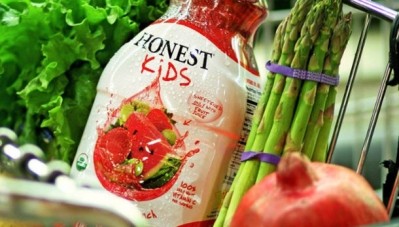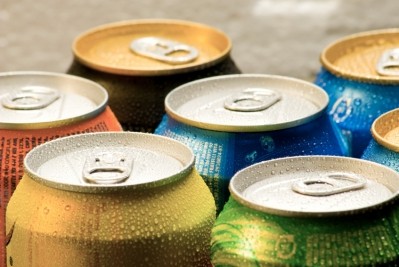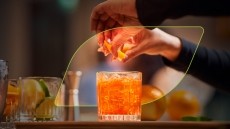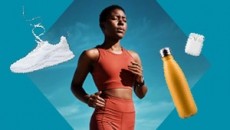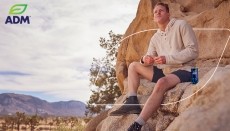In-depth on carbonates with Euromonitor International
Want your fizz back? Get into the water aisle, go retro and hit new day parts, say experts
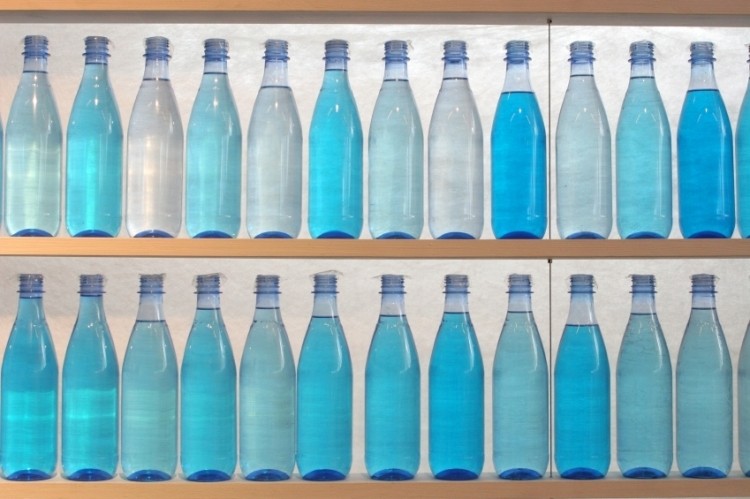
Jonas Feliciano and Howard Telford, beverage analysts at the research firm, both agreed that the excitement around carbonated soft drinks that was seen in the 1980s and 1990s was well and truly finished.
“Proliferation of choice has played a part – any sort of retail outlet has on-the-go beverages that have become more important. In the American fridge in the 80’s versus today, you had a 12-pack of soda, orange juice, a grape drink and water. Now, Americans are packing less in there and households have differences in what people are drinking – the entire family isn’t just sitting down with a single, tubular bottle on their table,” Feliciano told BeverageDaily.com.
“At least in terms of carbonates and juice, it’s very difficult to image a scenario in which you’d return to a 90s era in the US and Western Europe,” he said.
Telford agreed: “Trying to move back to that era is long gone…Whereas the 12-pack of 300ml cans might have been a best-seller back then or a 2L bottle might have been a best seller even two years ago, there needs to be an adjustment now.”
Is that water or a soft drink?
Soft drink makers had to innovate out of the traditional fizzy drinks aisle, the analysts said, because it was outside of this space where revenues were.
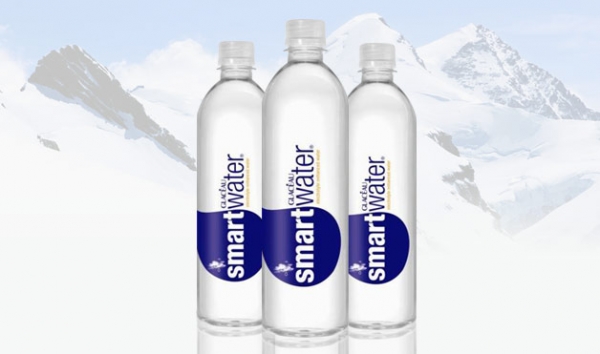
“Apparently there are 14 beverage occasions throughout the day. The idea is: how do you get into as many of those with different products? You have to have a broader portfolio,” Feliciano said.
It was about chasing value instead of volumes, he explained. “The reason Coke and Pepsi are pulling away from bottled water towards the more premium brands and promoting things like Smart Water is because that’s a revenue driver. They’re leaving the volumes to the Nestlés of the world; the Danones of the world and trying to create products that will premiumize the bottled water category.”
Feliciano said there were plenty of opportunities in premium water. “There’s a health halo effect where if you move get a product away from the carbonates aisle and move it towards bottled water, even if a lot of its properties are similar to carbonates and soft drinks, that’s a win.”
Sparkling Ice, for example, featured alongside bottled waters in retailers, he said. “On the surface everything is about water but it’s a diet soda – it has artificial sweeteners, flavorings but it also has fruit flavors on the packaging and ‘fortified with vitamins, minerals and antioxidants’ messaging on pack Along with where it is positioned in the grocery aisle, this makes it a healthy product.”
Telford said: “You want to be perceived as water; you want to be in that aisle. You don’t want to be next to the regular cola cans.”
Beware of the savvy consumer
However, both warned that consumers increasingly read labels so products had to truly live up to health expectations.
“Around 2010/2011 there was a backlash against Vitamin Water that was doing really, really well until it was ‘exposed’ for not being all that healthy. That is a concern but at the same time that’s still a healthier product than a lot of the others out there,” Feliciano said.
This, he said, was where packaging played a vital role. “Does it look like it belongs in that aisle? The labeling may be counterintuitive and that may eventually lead to the bubble bursting for Sparkling Ice, for example, although that won’t happen any time soon.”
Telford said it would be retailers that defined who got into the water aisle and who didn’t because of powerful incentives to ensure they weren’t fooling consumers. “They’ll be a driver for making sure there are healthier products on shelf.”
However, even outside traditional retailers, Feliciano said brand ‘positioning’ would remain vital.
“A lot of products are moving outside bricks and mortar – onto e-commerce platforms – which will play a larger role in the future. While regular retail is still going to be the bedrock for beverage sales over the next few years, trying to move forward in e-commerce you still need to think about product positioning – where your product is being listed on Tesco or Amazon, for example. You still have to get the position right in the virtual space, disassociating yourself from soda,” he said.
Retro appeal for ‘super premium’
Beyond the water aisle, going retro with a product was another strategy to inject life into carbonates, the analysts said.
“The Pepsi CEO is very high on the potential of Caleb’s Cola - their craft cola. They stripped down their ingredients, put in real sugar and it comes in a glass bottle,” Feliciano said.
This product, he said, expanded on success in mini cans moving into a ‘super premium’ space because of a sense of authenticity.
Telford said this shift towards ‘super premium’ and retro could be seen in the US and Europe and truly appealed to consumer thinking.
“It’s not just a question of health for consumers; they want more authenticity in their product. They don’t really want to be wedded to these big brands, particularly in the US. One of the few SKUs that has seen healthy growth is glass bottles, retro brands, imported colas brought over from Mexico containing cane sugar – that’s quite an expensive unit price product, but it’s been a small pocket of growth in carbonates,” he said.
Functional beyond energy
Areas in the functional space also held promise, Feliciano said. “This energy or function focus is going to be the trend of 2015 – it’s already been the trend, so now it’s going to be about working within a consumer base looking for functionality in beverages beyond energy and beyond different day parts.”
Telford said one good example of that had been Mountain Dew with Kickstart that targeted the morning occasion. “Pepsi bought out a different version with orange flavoring – a little bit of fruit juice – so it’s an energy drink for the morning. That was a success story and a good example of a product entering a new day part – adjusting through innovation.”
Feliciano said the initial success with Kickstart had been thanks to a loyal consumer base, rather than new consumers.
“The brand loyalty and awareness around Mountain Dew, well it’s one of the strongest brands out there in terms of consumer affinity. Those were consumers already drinking energy drinks to begin with but may not have wanted to drink Red Bull before 10am. Kickstart has less caffeine than Red Bull, it’s full of artificial sweeteners but it is low calorie. However, formulation, flavor and marketing made it distinct from Mountain Dew,” he said.
The brand had now even developed alternative flavors to attract evening occasions, he added.
Remember… value over volume
However, when stretching into these spaces of opportunities both analysts warned that beverage makers couldn’t target every promising area, for risk of chasing volumes instead of value. “You have to find out which will be either the most premium or have the most appeal,” Feliciano said.
“2015 will be about how manufacturers can diversify their portfolios and drive value rather than use simple SKUs to drive volume,” he said.
